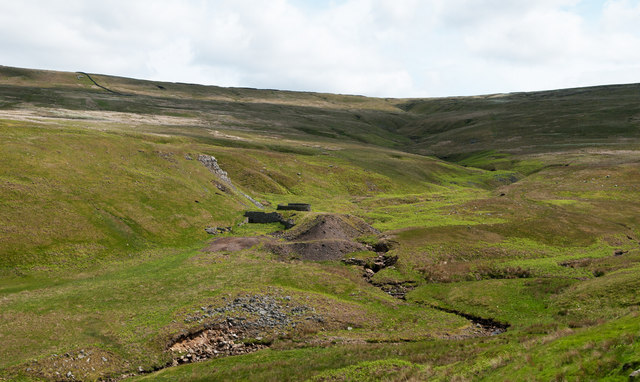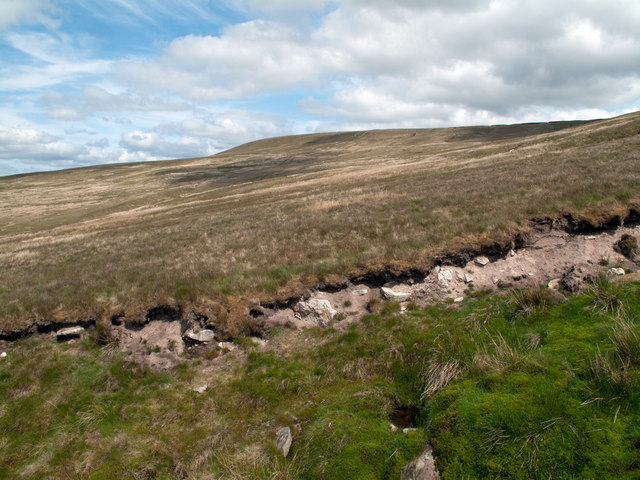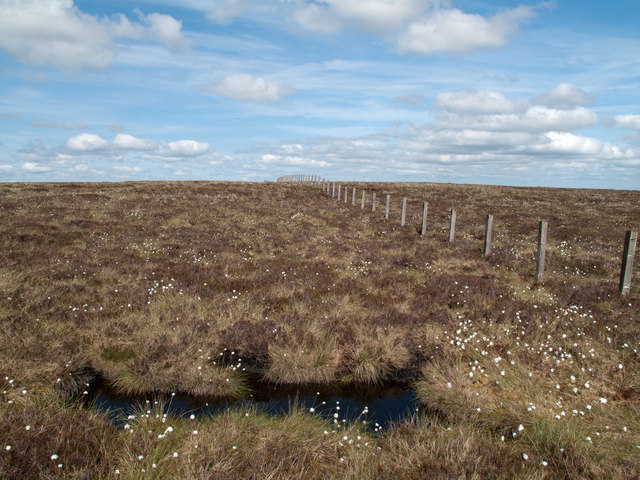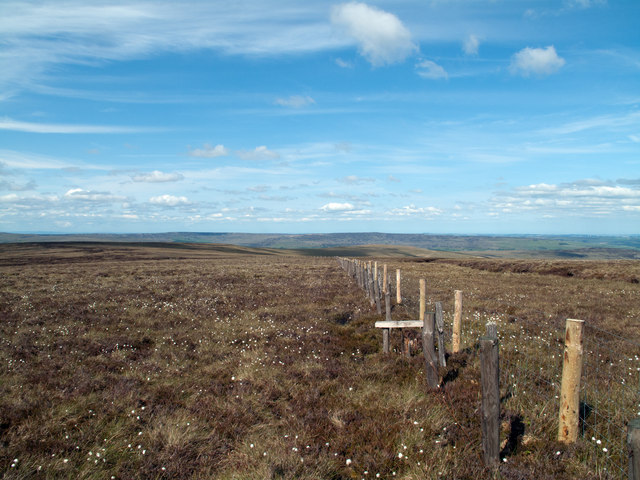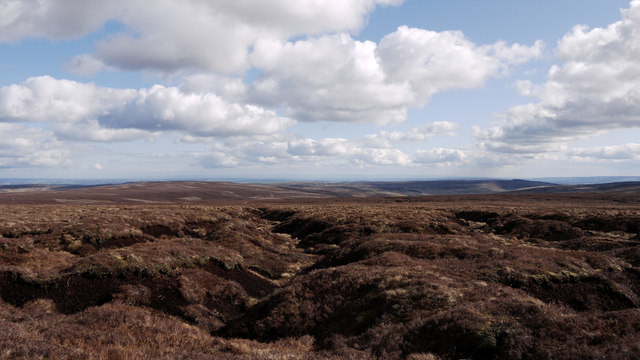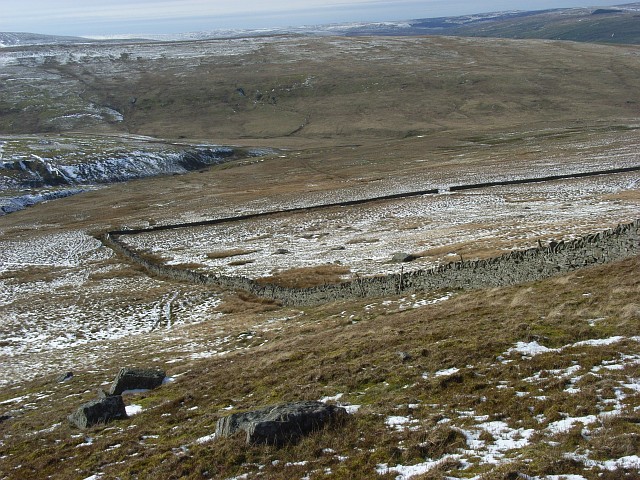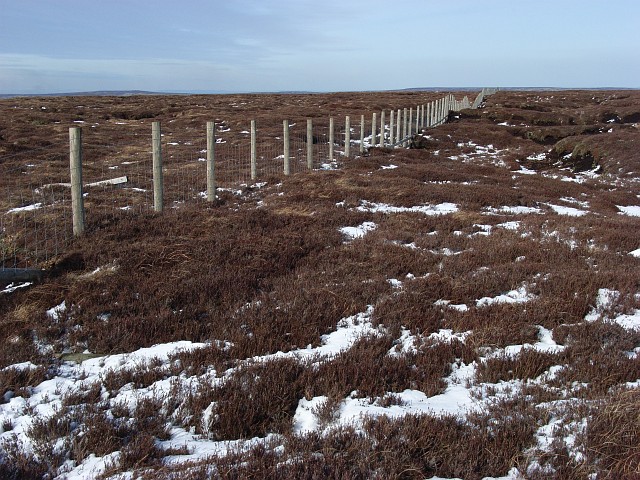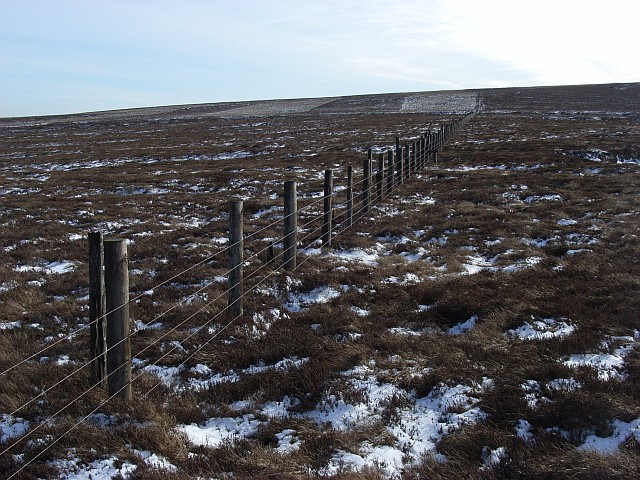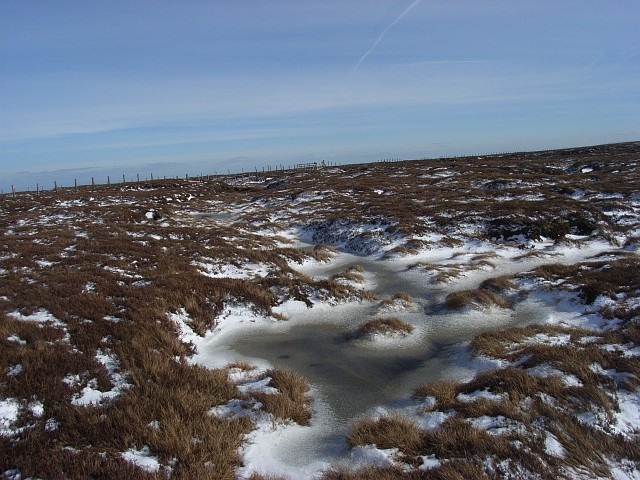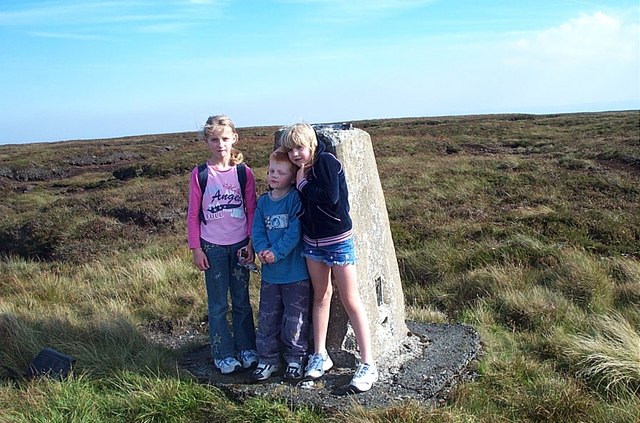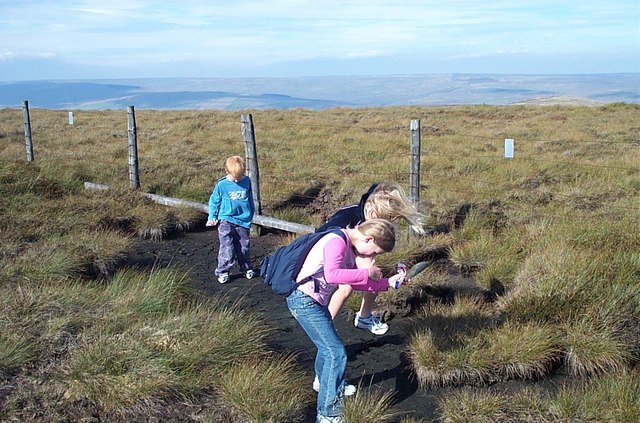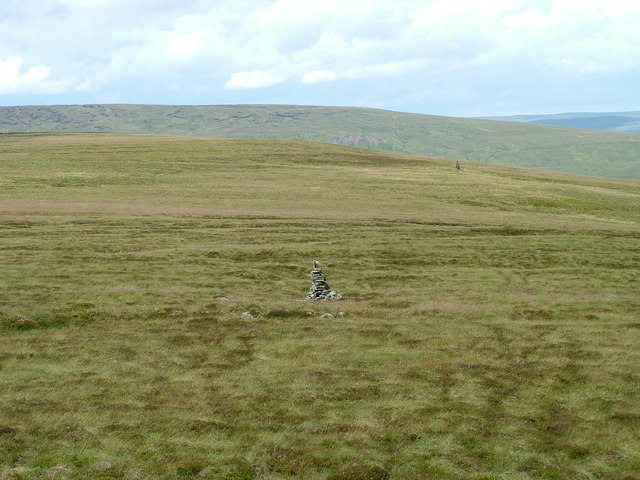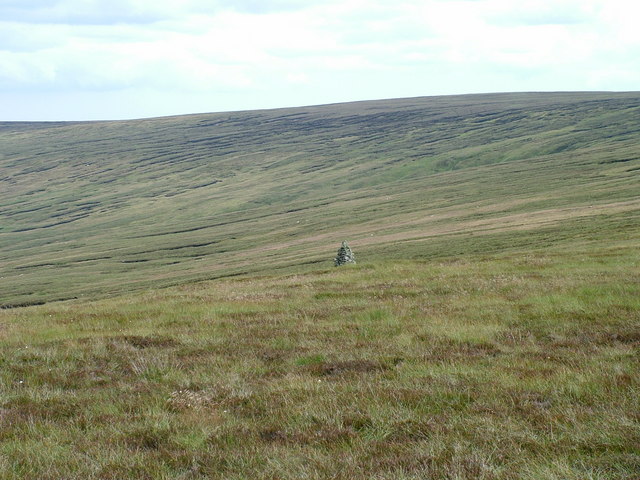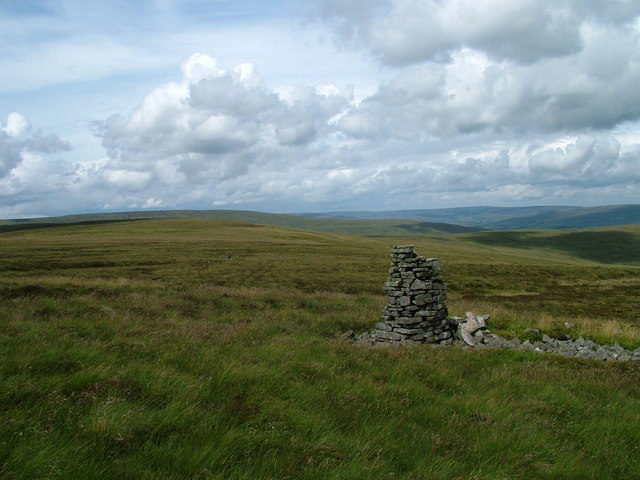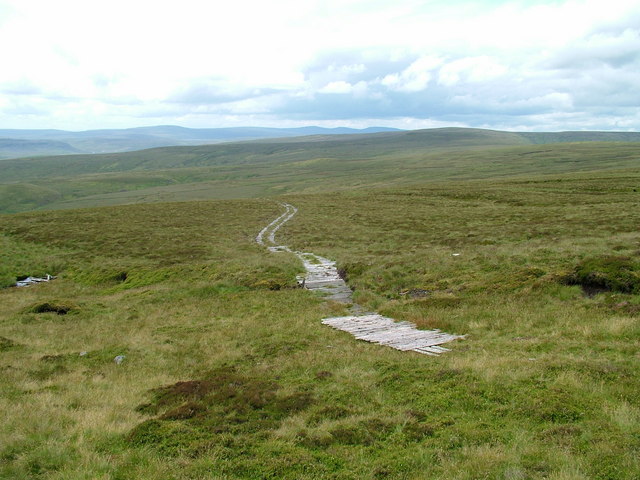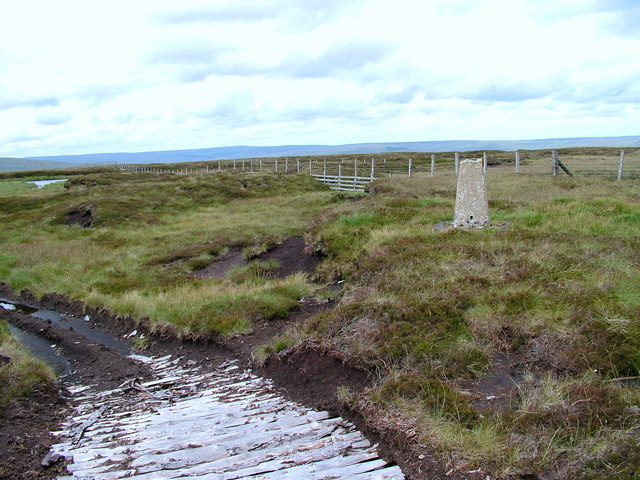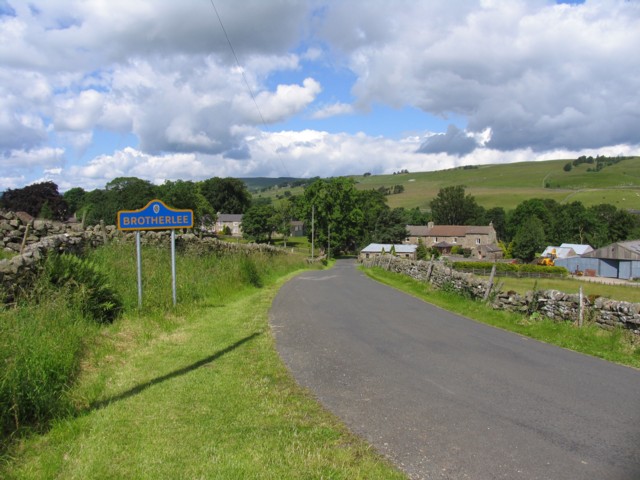Blaeberry Cleugh
Valley in Durham
England
Blaeberry Cleugh
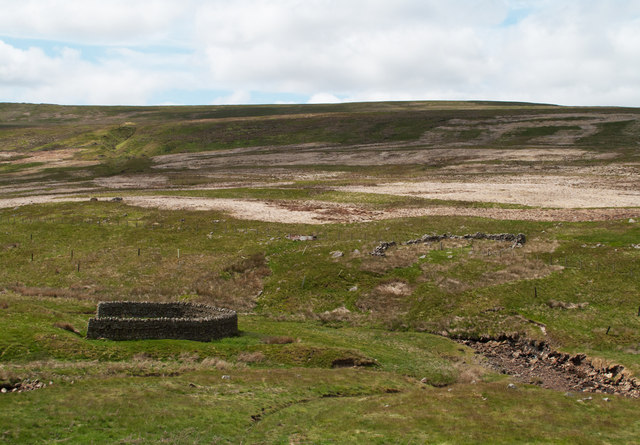
Blaeberry Cleugh, located in Durham Valley, is a picturesque and serene area nestled amidst the rolling hills of northeastern England. With its stunning natural beauty, the cleugh attracts visitors from far and wide seeking a peaceful retreat from the bustling city life.
Surrounded by lush greenery and dotted with vibrant wildflowers, Blaeberry Cleugh offers breathtaking views of the surrounding countryside. The cleugh, or valley, is carved by the meandering Blaeberry River, which adds to the charm of the area. The river's crystal-clear waters flow gently through the valley, creating a soothing ambiance that is perfect for relaxation and contemplation.
The wildlife in Blaeberry Cleugh is diverse and abundant. Visitors can often spot a variety of bird species, including kingfishers and herons, as well as small mammals like rabbits and squirrels. The flora is equally impressive, with an array of native plant species, such as bluebells and heather, adding bursts of color to the landscape.
For those looking to explore the area further, there are several walking trails that wind through Blaeberry Cleugh and its surrounding hills. These trails offer opportunities for hikers of all levels to immerse themselves in nature and discover hidden gems along the way.
In addition to its natural beauty, Blaeberry Cleugh is also known for its rich history. The area has been inhabited for centuries, and remnants of ancient settlements can still be found scattered across the valley. History enthusiasts can explore these archaeological sites and learn about the people who once called this area home.
Overall, Blaeberry Cleugh in Durham Valley is a haven for nature lovers, offering breathtaking scenery, diverse wildlife, and a glimpse into the region's fascinating history. It is a place where visitors can escape the chaos of everyday life and immerse themselves in the tranquility of the English countryside.
If you have any feedback on the listing, please let us know in the comments section below.
Blaeberry Cleugh Images
Images are sourced within 2km of 54.694737/-2.1139076 or Grid Reference NY9233. Thanks to Geograph Open Source API. All images are credited.

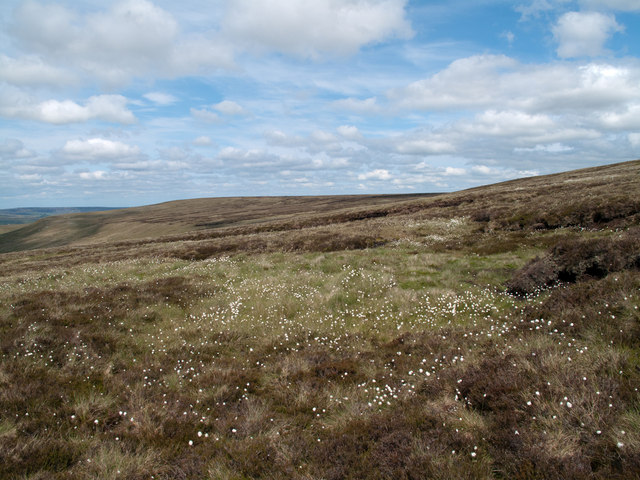
Blaeberry Cleugh is located at Grid Ref: NY9233 (Lat: 54.694737, Lng: -2.1139076)
Unitary Authority: County Durham
Police Authority: Durham
What 3 Words
///device.facelift.salmon. Near Newbiggin, Co. Durham
Nearby Locations
Related Wikis
Fairy Holes Cave
Fairy Holes Cave is a Site of Special Scientific Interest in the Wear Valley district of west County Durham, England. It is located on the western flanks...
Westernhope Burn Wood
Westernhope Burn Wood is a Site of Special Scientific Interest in the Wear Valley district of south-west County Durham, England. It occupies the steeply...
Teesdale Allotments
Teesdale Allotments is a Site of Special Scientific Interest in the Teesdale district of County Durham, England. It consists of two large upland areas...
Brotherlee
Brotherlee is a small village in the civil parish of Stanhope, in County Durham, England situated on the south side of Weardale, between Stanhope and Daddry...
Westgate, County Durham
Westgate is a village in the civil parish of Stanhope, in County Durham, England. It is situated in Weardale between St John's Chapel and Eastgate. In...
North Pennines
The North Pennines is the northernmost section of the Pennine range of hills which runs north–south through northern England. It lies between Carlisle...
A689 road
The A689 is a road in northern England that runs east from the A595, 3.1 miles (5.0 km) to the west of Carlisle in Cumbria, to Hartlepool in County Durham...
Westgate-in-Weardale railway station
Westgate-in-Weardale railway station served the village of Westgate, County Durham, England, from 1895 to 1965 on the Weardale Railway. == History == The...
Have you been to Blaeberry Cleugh?
Leave your review of Blaeberry Cleugh below (or comments, questions and feedback).
